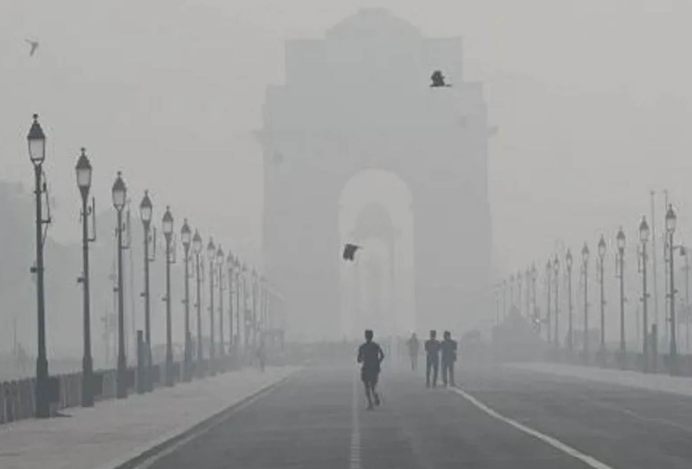
The air quality in India’s capital has plummeted to dangerously high levels, with pollution crossing 25-30 times the World Health Organization (WHO) recommended safe limits last week. Residents are grappling with severe air quality as PM 2.5 levels hit 350 micrograms per cubic metre in some parts of the city, according to the government-run Safar website.
Experts predict that the situation will worsen in the coming days, with the festival of Diwali and seasonal crop stubble burning contributing to the hazardous air. Delhi is already struggling under a thick blanket of smog caused by low wind speeds, vehicular emissions, and smoke from neighboring states like Punjab and Haryana, where farmers burn crop remains.
Despite a complete ban on the sale and use of firecrackers ahead of Diwali, past years have shown that enforcement has been weak, and people continue to source fireworks from other states. The Delhi government has also enacted its Graded Response Action Plan (GRAP), restricting construction, diesel generators, and other polluting activities.
Authorities are urging citizens to stay indoors, use public transport, and minimize outdoor exposure. However, with businesses disrupted, schools closed, and health risks mounting, the city faces a grim air quality crisis, expected to last throughout the winter months.
Article Credit: dy365